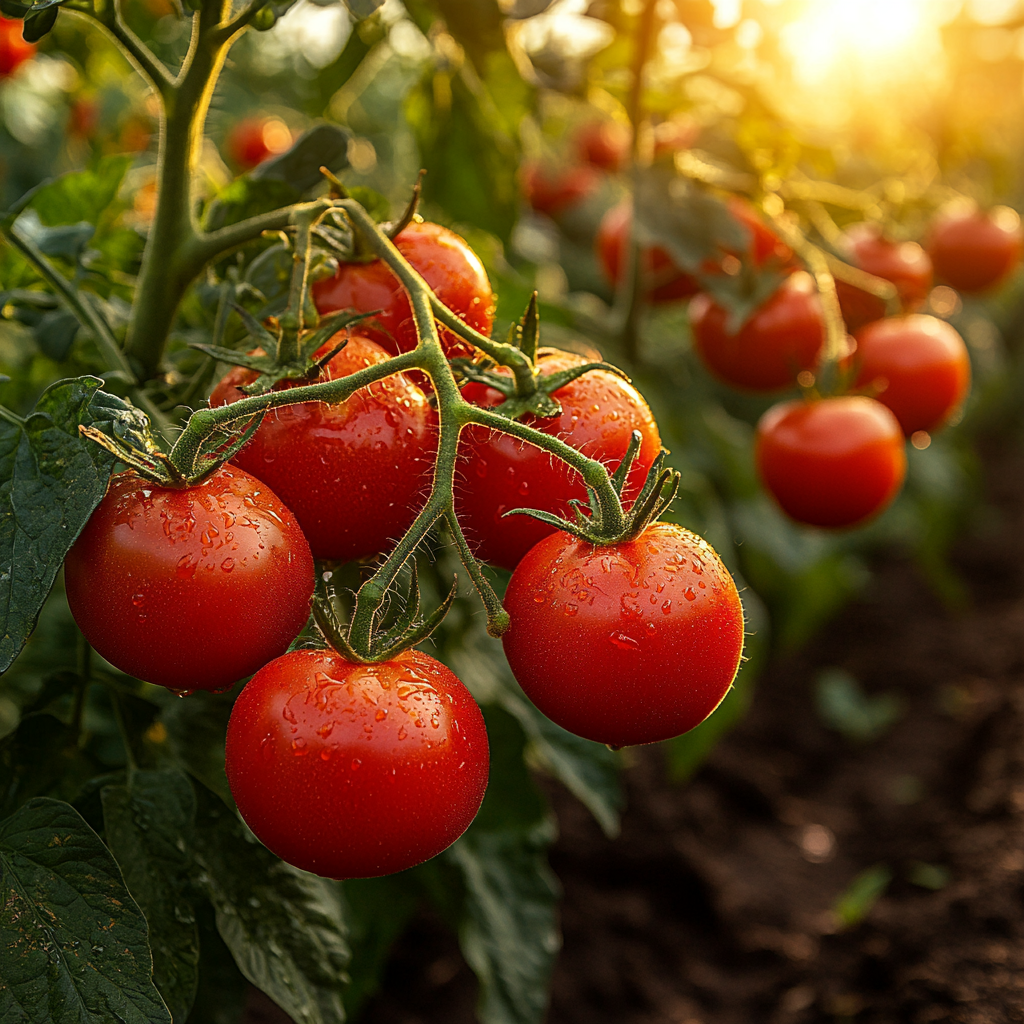Tomatoes thrive when planted at the right time, ensuring strong growth and a plentiful harvest. Choosing the ideal planting period depends on climate, frost dates, and soil temperature. Proper timing helps protect plants from cold damage and promotes healthy fruit development.
When to Plant Tomatoes
1. After the Last Frost Date
Tomatoes are highly sensitive to frost, so planting them too early can stunt growth or kill young plants.
- Check your region’s last expected frost date before planting.
- Wait one to two weeks after the final frost to ensure consistent warm temperatures.
2. Soil Temperature Requirements
Tomatoes need warm soil to establish strong roots. The recommended soil temperatures are:
- 60°F (16°C) or higher for transplanting.
- 70-75°F (21-24°C) for optimal growth and fruit production.
Using a soil thermometer can help determine when conditions are right for planting.
Best Planting Times Based on Growing Method
1. Direct Sowing Seeds
In regions with long growing seasons, seeds can be planted directly in the garden when:
- Soil temperatures reach at least 60°F (16°C).
- The risk of frost has completely passed.
However, many gardeners prefer to start seeds indoors for a stronger and earlier harvest.
2. Starting Seeds Indoors
For a head start on the season, tomato seeds are often started indoors before being transplanted outside.
- Start seeds 6-8 weeks before the last frost date.
- Maintain a warm environment between 70-75°F (21-24°C).
- Transplant outdoors when nighttime temperatures stay above 50°F (10°C).
3. Transplanting Seedlings
Seedlings should be moved to the garden or larger containers when they have:
- At least 2-3 sets of true leaves.
- Consistently warm outdoor conditions.
- Properly prepared soil rich in nutrients.
Planting Guide by Climate
1. Cool Climates (Short Growing Season)
- Start seeds indoors in February to April.
- Transplant seedlings outdoors in May or June after the last frost.
- Select early-maturing tomato varieties to maximize yield.
2. Moderate Climates (Mild Winters)
- Begin seeds indoors in January to March.
- Transplant outdoors in April or May.
- A second planting in late summer can produce a fall harvest.
3. Warm Climates (Long Growing Season)
- Seeds can be started indoors or directly sown outdoors in late winter to early spring.
- Transplant seedlings as early as March or April.
- In very hot regions, avoid planting during peak summer heat; instead, plant a second round in late summer for a fall harvest.
Extending the Growing Season
- Use row covers or cold frames to protect young plants from unexpected cold snaps.
- Apply mulch around plants to help retain warmth and moisture.
- Grow tomatoes in containers so they can be moved indoors if needed.
Conclusion
Determining the best planting time for tomatoes depends on frost dates, soil temperatures, and local climate conditions. Whether starting seeds indoors or transplanting seedlings, ensuring warm and stable growing conditions will lead to strong plants and a successful harvest. Planning ahead and adjusting for regional weather patterns will help maximize tomato production throughout the growing season.


